Curious to know why is brisket so expensive? Until recently, it was a budget-friendly cut of meat and the rapid price surge has caused a lot of confusion. In this article, we’ll highlight the various factors that transformed brisket from a cheap cut into a pricey dish.
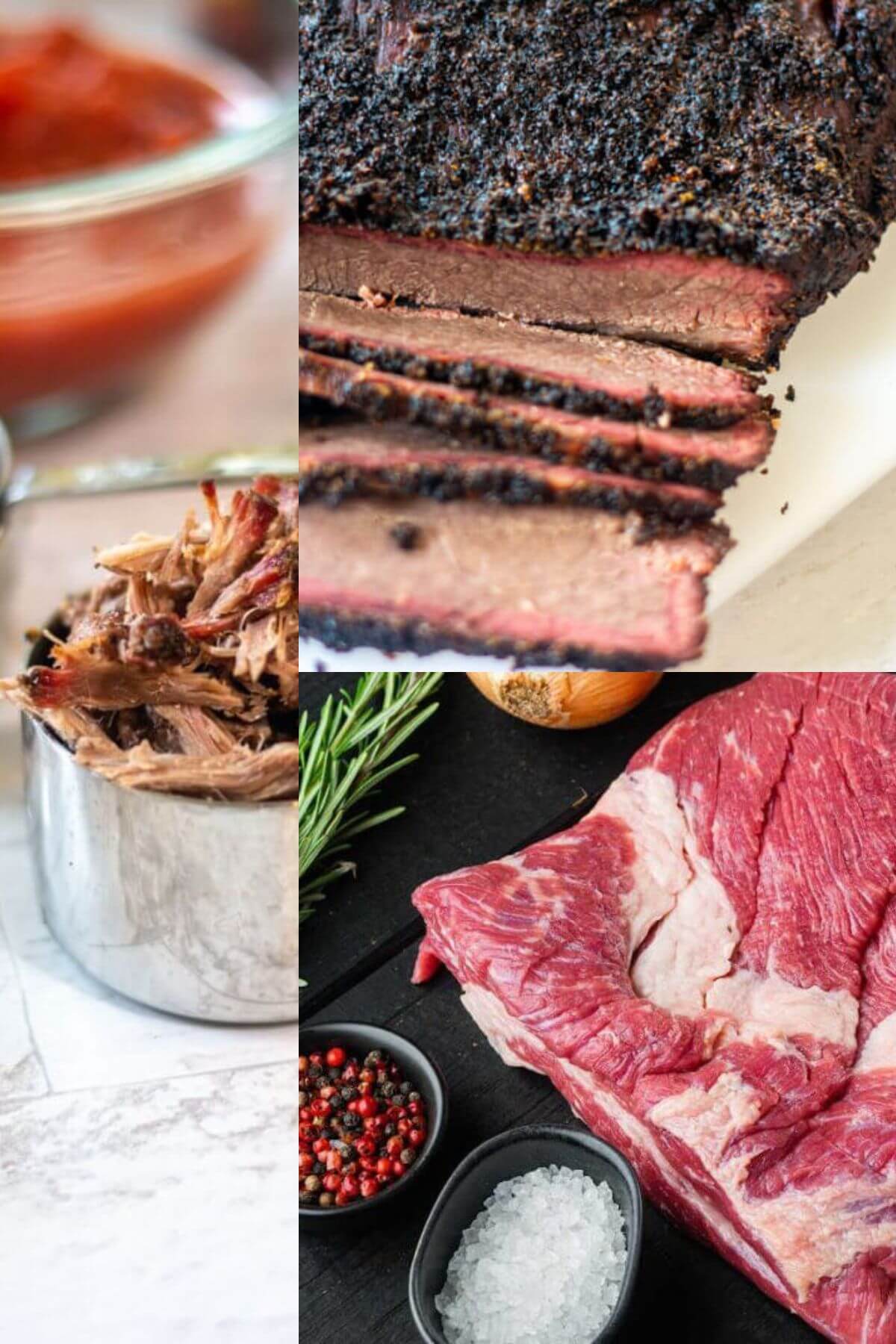
Right before the pandemic, brisket was priced at around $2.82 per pound, on average. This year, you can easily pay $5 -$13 per pound at some stores. Since the average whole brisket weighs in between 10 – 15 pounds, that cost will add up quickly!
Read on to find the complex reasons behind the soaring brisket prices.
Overview: Why Is Brisket So Expensive?
Brisket was originally an inexpensive meat cut. It took a lot of time with low-and-slow smoking to break down the connective tissues, but the results tasted amazing! Unfortunately, the brisket prices have been going up a lot since the pandemic.
This is because of companies are adjusting prices with inflation, they have higher costs to produce, and there is an overall lower supply of meat.
At the same time, the popularity of Texan and Korean cuisines has increased the demand for brisket.
Plus, the secret is out of the bag and technology has made it easier for everybody to smoke brisket at home.
Four Factors Driving Prices
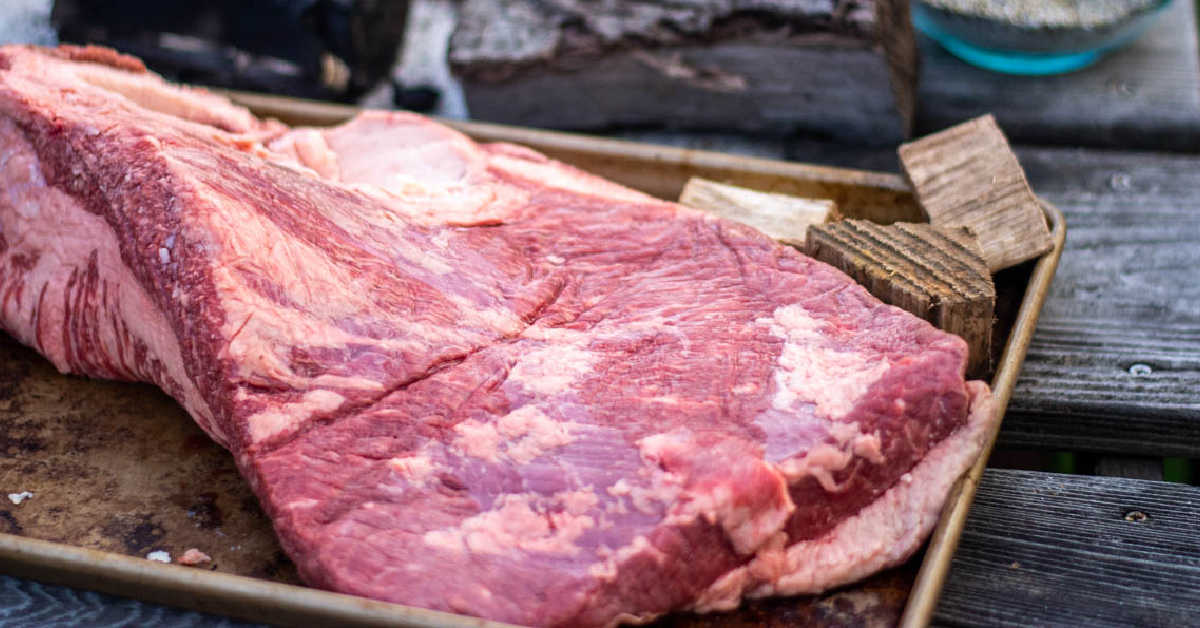
There are various factors behind the increased prices of brisket. For simplicity, we’ve broken them down into four major categories.
More Demand for Brisket
People will always tell you that prices are all about supply and demand. This economic fundamental is true in the case of brisket as well.
So, let’s see why more people are after brisket nowadays.
Popularized Cooking Style – As Texas has popularized this barbecue style, more people got exposed to it and seek out this style of cooking in their home towns and want to make it at home. Good things are hard to keep secret, right?
Cooking shows and social media influencers have marketed this meat cut to the wider population. How many videos have you seen where someone is squeezing a brisket and you can just see all the juices?
Nowadays, we’re not tied to our traditional recipes; people eat what’s popular on the internet and learning new styles of cooking.
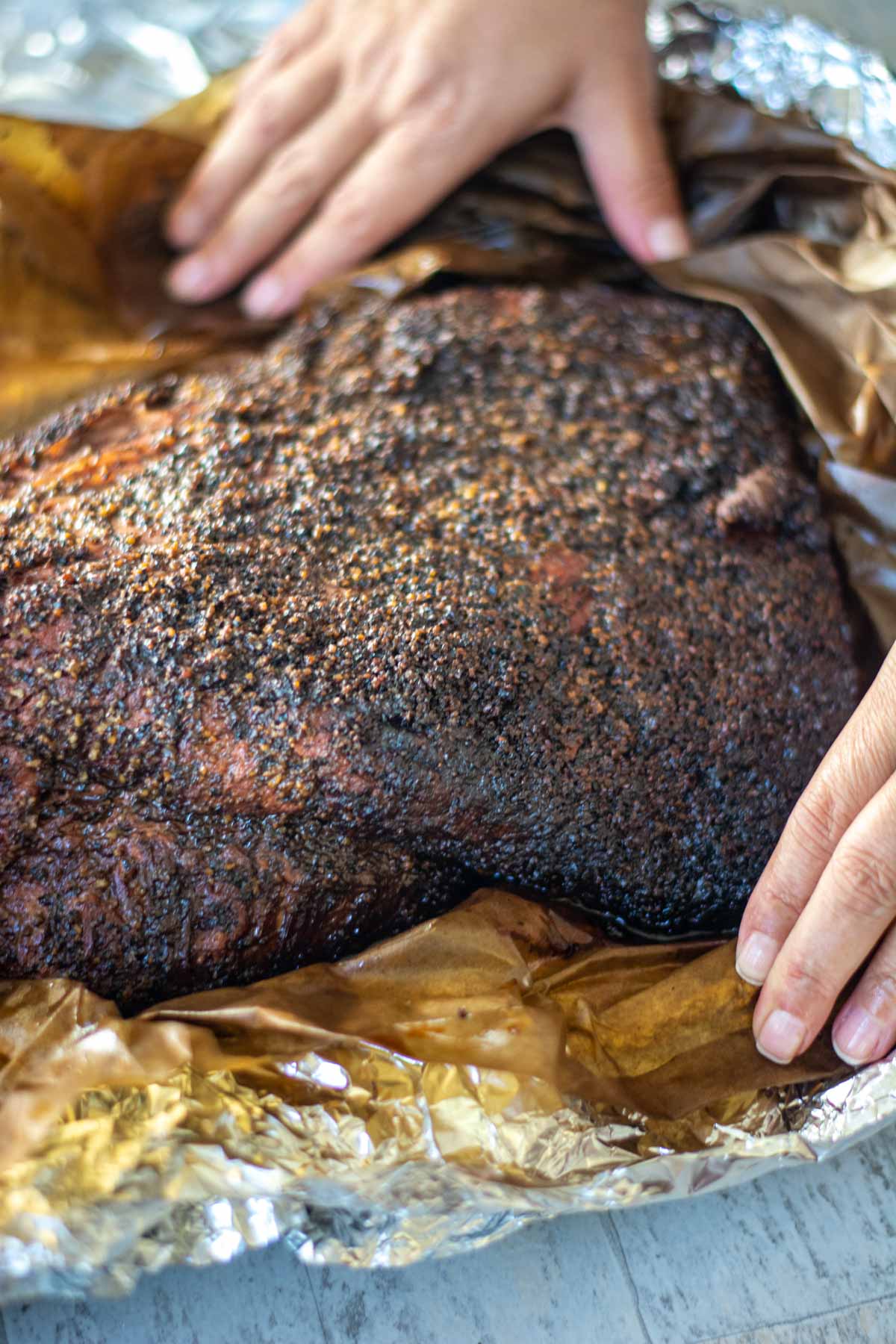
Home-Cooking – Frankly, there are shortcuts to making a brisket, so it doesn’t have to be a complex recipe that requires a pit-master to successfully cook. High tech smokers and YouTube have made this available to almost everyone.
Nowadays, you can easily purchase a top-notch smoker and a thermometer to monitor the temperature.
Interestingly, the spread of barbecue parties is another culprit behind the high brisket prices.
Restaurants Spike Demand
In recent years, barbecue restaurants have significantly contributed to the increased demand for brisket.
One of the leading chains offering brisket, Dickey’s, has more than 600 locations in total, making it the largest single purchaser of this meat cut.
This phenomenon isn’t new. As early as 2014, Arby’s brisket sandwich was cited as a major reason that brisket prices increased. More recently, some restaurants started “panic-buying” as they reopened after the pandemic.
We’ve even seen more restaurants, like Cotton Patch Cafe, enter the game despite the skyrocketing costs.
You’ll even see some restaurants put up signs warning customers about increasing prices. Some have decided to stretch the meat by offering things like Brisket Mac and Cheese and Brisket Sandwiches, and Brisket Nachos.
More Ethnic Recipes
Previously, the American taste defined the prices of meat cuts, as it drove demand. Historically unpopular cuts would be less expensive.
Nowadays, those previously disliked cuts are more expensive and can be harder to find due to demographic changes. More ethnic groups are bringing in their recipes and Americans are finding that they are outright DELICIOUS!
As an examples, brisket is especially popular in Korean cuisine and now Bulgogi is extremely popular and oh-so-good!
More Brisket in South Korea
Countries like South Korea and China have turned to importing large amounts of beef in response to growing local demand.
Much of the brisket in Australia, Argentina, and Brazil is sent to South Korea, further changing the supply chain.
Low Brisket Supply
We’ve mentioned various reasons behind the soaring demand for brisket.
Unfortunately, the supply has dropped recently because of a persistent drought and the pandemic.
Limited Brisket Per Steer
You can expect around 500 pounds of meat from a steer weighing 1,200 pounds. This should give you an idea of how much weight is lost during the trimming and deboning process.
As for the brisket, its initial average weight is around 30 pounds. After processing, you can expect the brisket to weigh anywhere between 8 to 20 pounds.
All in all, a single steer naturally produces a just a few pounds of brisket compared to its overall weight. So, when there is a slight change in production, it will impact prices and supply.
The Pandemic
The initial wave of COVID-19 drastically affected meat-processing plants because of labor shortages and less demand for restaurant food. So, the producers requested significantly lower volumes of meat from farmers.
The situation continued for long enough that farmers had to adjust their plans to lower the amount of cattle they raised.
In response, farmers gradually thinned their herds, thus arriving at a point where there were less cattle by the time restaurants were reopening.
Some observers speculate the prices will drop again when the farmers manage to grow their herds.
Yet, the process might take around five years until the herd sizes meet the growing demand for meat.
The Drought
For almost two years, record-breaking temperatures have affected 40 percent of the United States, especially in the west.
For this reason, farmers are struggling even more to grow their herds in extremely challenging conditions.
Added to that, ranchers are spending more money on tools to help their animals survive the hot weather, such as cooling mists.
If the winter doesn’t come with enough precipitation, farmers would likely reduce their herd sizes even further.
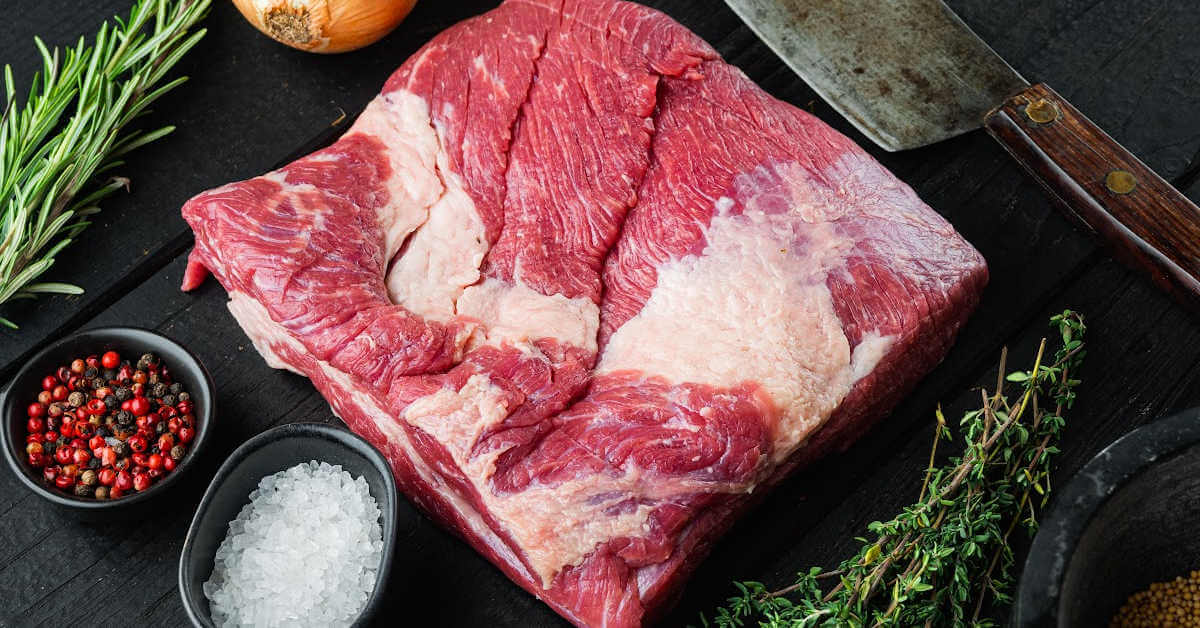
Brisket Cooking Is Costly
This section explains why the preparation and cooking is another factor driving the price.
Here’s why the effort is worth paying for.
Why Is Brisket Trimming Expensive?
Brisket trimming is a costly process because it takes time and skill. If you’re going to do it yourself, it’ll only cost you some precious time on the weekend.
Trimming brisket isn’t that straightforward. You need to remove just the right amount of fat to ensure there’s still enough on the surface to keep the meat’s moisture.
Now, put yourself in a restaurant owner’s shoes. How much will they have to pay an experienced cook for this process? Definitely a lot. It would take even more as the number of customers increases.
There’s no wonder those expenses are reflected in the menu prices.
Why Is Brisket Smoking Expensive?
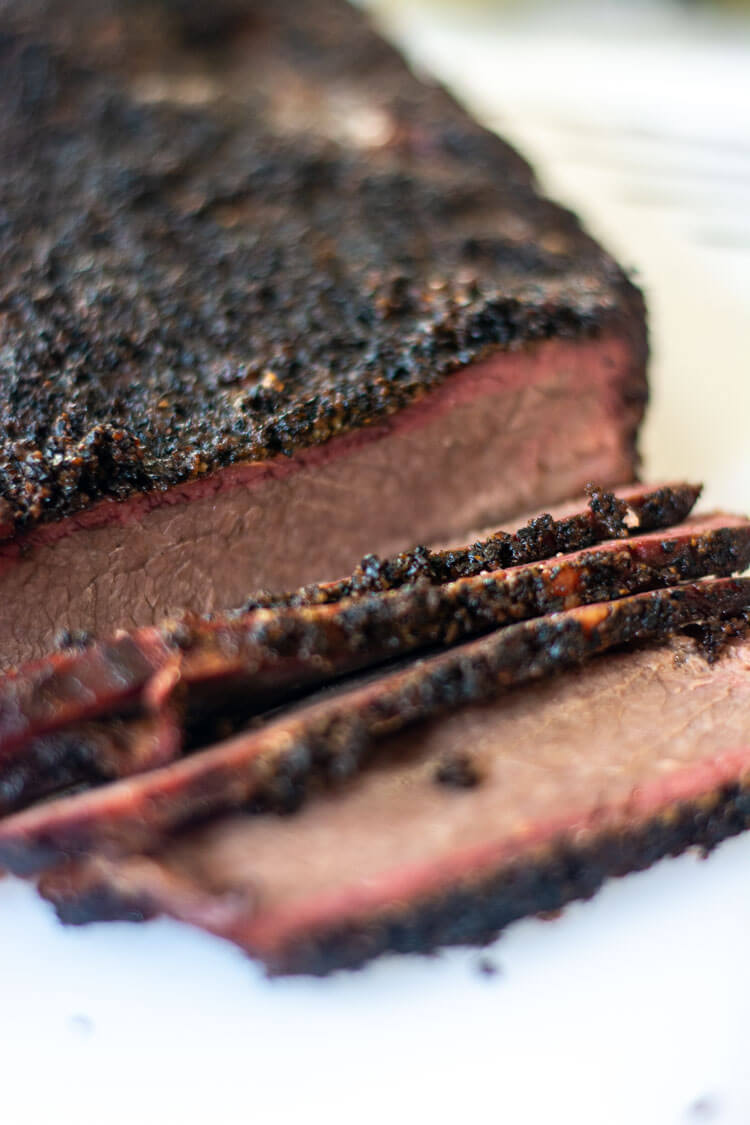
As we mentioned earlier, the brisket comprises the toughest muscles supporting more than half of the animal’s body weight.
To tenderize these tough muscles, you’ll need to cook this cut low and slow on indirect heat, like a grill, oven, or slow cooker.
This varies depending on the brisket weight and the level of doneness you prefer. For instance, a brisket weighing 16 pounds will take a minimum of 10-12 hours of cooking at 275°F. Some folks will keep it on a lot longer than that! The results are well worth the time.
I prefer to wrap the brisket during the later stages of the cooking process to prevent it from drying out. No matter your approach, it takes skill and dedication to bring out a brisket masterpiece.
How to Save Money Buying Beef
The absolute best approach I have found is to shop at Costco. Costco brisket is usually significantly cheaper than grocery stores, and you know it is fresh.
If you have a well-trusted butcher, by all means ask them to order one for you. They will almost always trim the cut for you, but it can be a bit more expensive than Costco.
Wrap Up
If you got this far, I’m sure we can agree there are many factors behind the soaring prices of this meat cut.
Simply put, brisket has become expensive because of the rising demand, limited supply from producers, and the costly preparation and cooking process.
There’s also a list of unexpected economic changes that have happened since the pandemic.
Let’s be honest, though, most of us weren’t aware of brisket until it became popular. Now that there’s less for all, we’ve got to accept that sharing is caring!
Related Brisket Articles

Ginny Collins is a passionate foodie and recipe creator of Savor and Savvy and Kitchenlaughter. Indoors she focuses on easy, quick recipes for busy families and kitchen basics. Outdoors, she focuses on backyard grilling and smoking to bring family and friends together. She is a lifelong learner who is always taking cooking classes on her travels overseas and stateside. Her work has been featured on MSN, Parade, Fox News, Yahoo, Cosmopolitan, Elle, and many local news outlets. She lives in Florida where you will find her outside on the water in her kayak, riding her bike on trails, and planning her next overseas adventure.
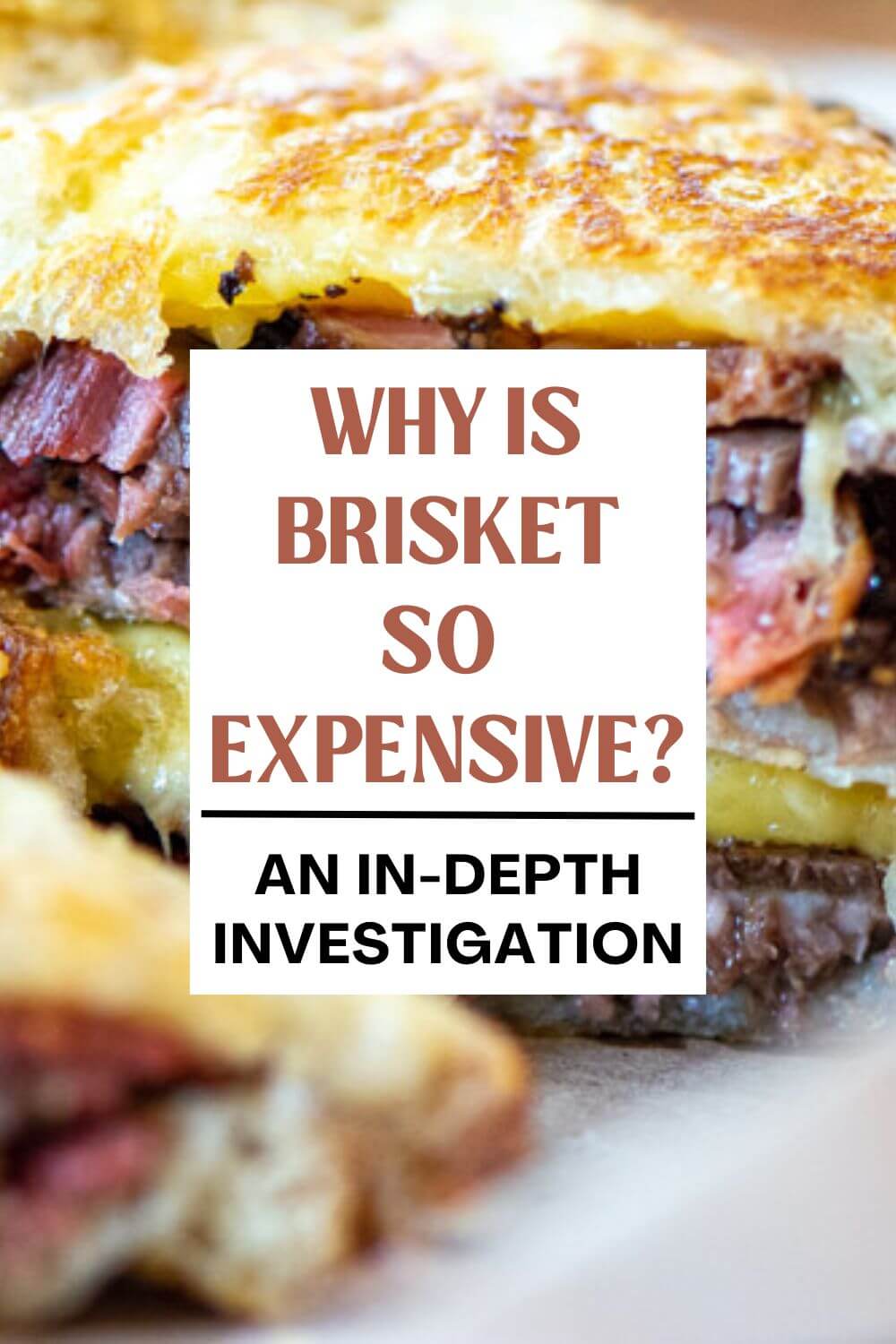
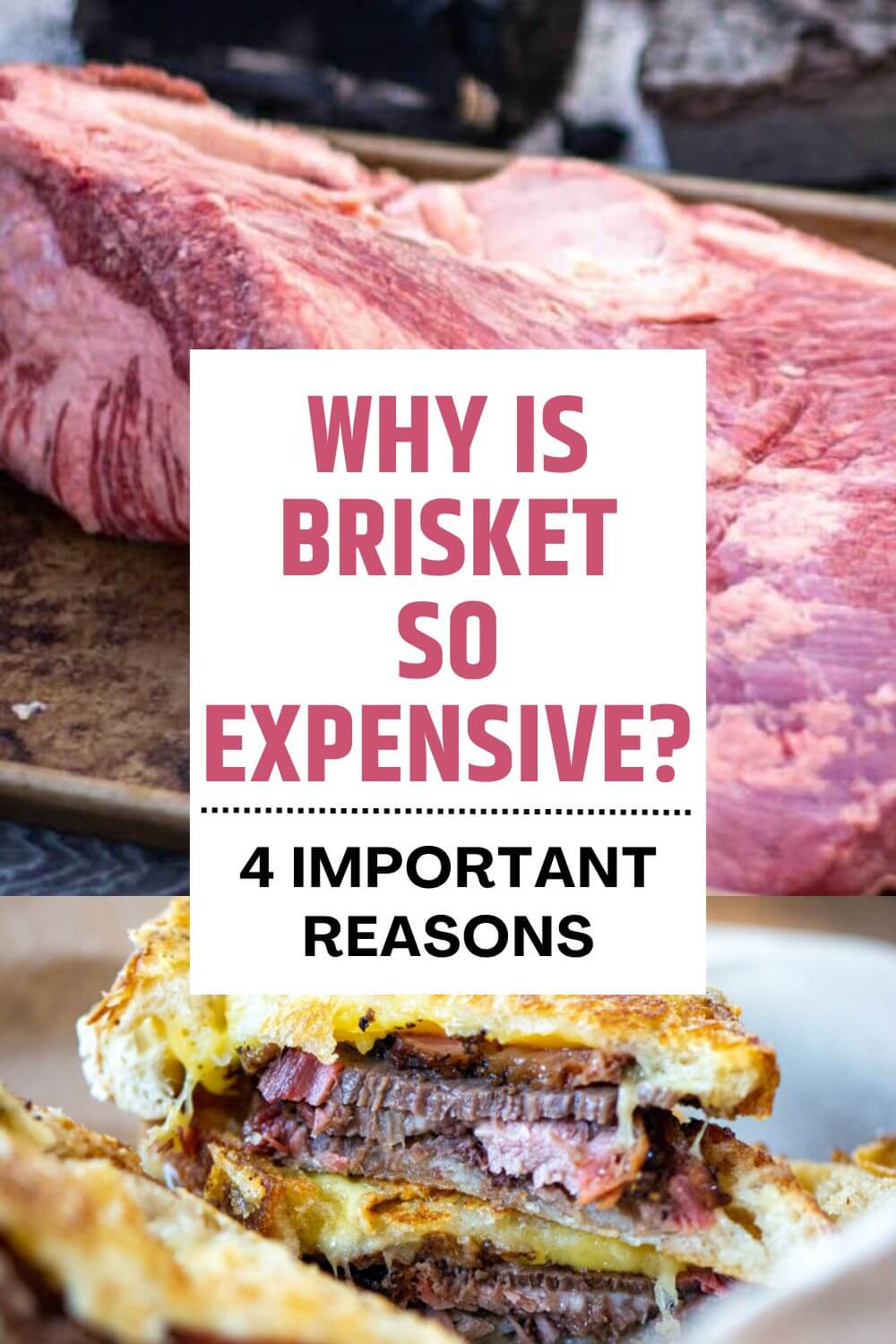


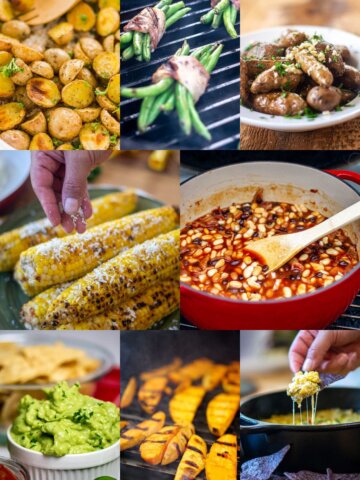
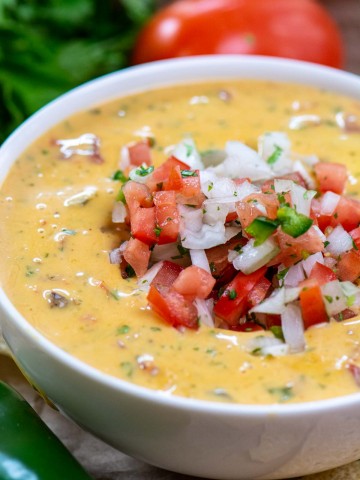
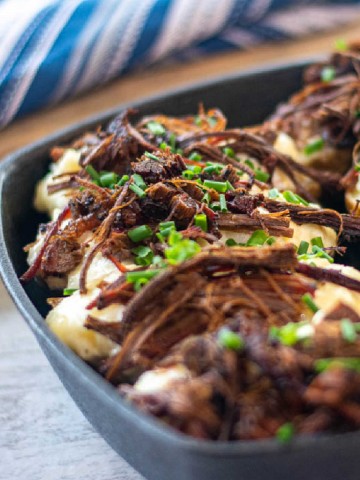

Leave a Reply